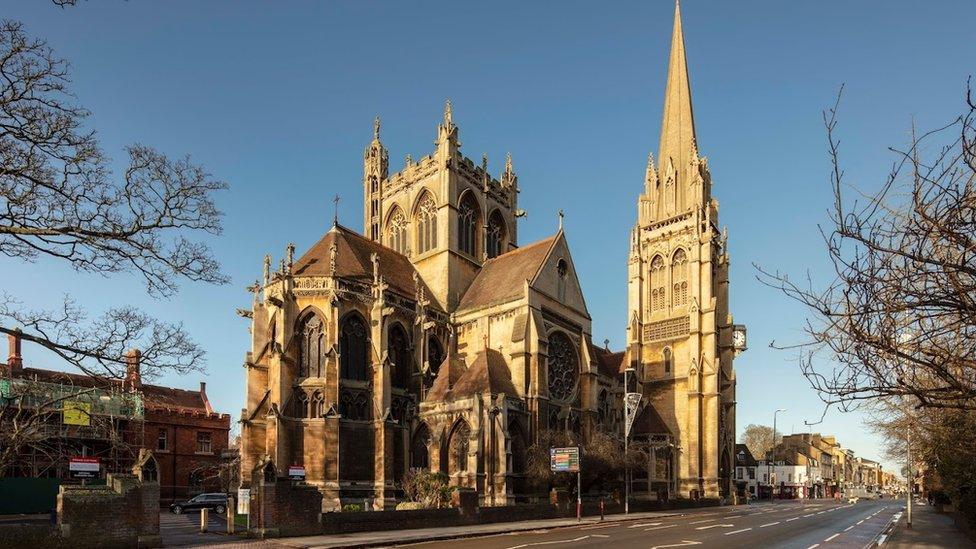'It's beautiful and needs to be here in 100 years'
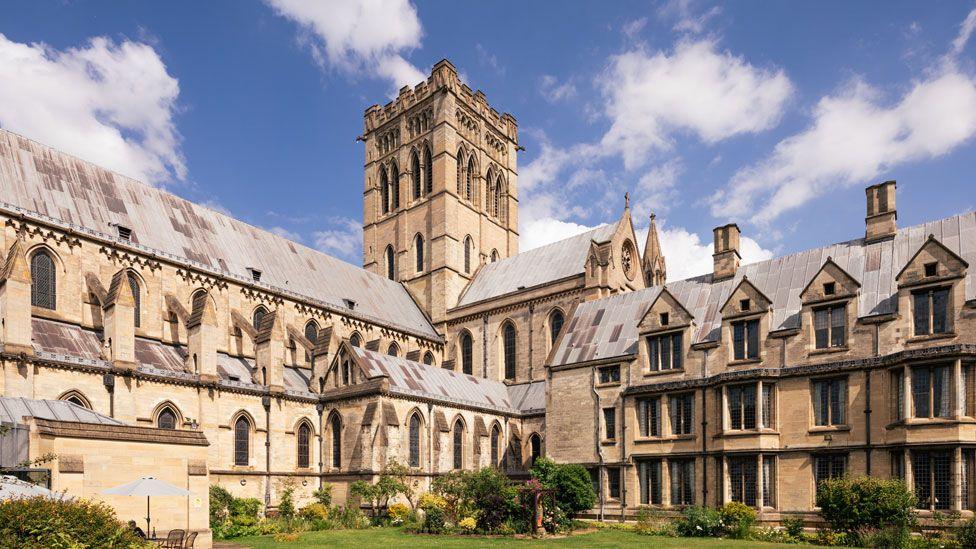
The Victorian gothic-style building is the second largest Catholic cathedral in the country, according to Historic England
- Published
A Grade I listed Norwich landmark - hailed as a masterpiece of Victorian gothic architecture - has been added to Historic England's Heritage at risk list.
The Roman Catholic Cathedral of St John the Baptist, completed in 1910, was deemed to be at risk due to its rainwater pipes becoming "simply overwhelmed by the increased levels of rainfall in recent years".
About 1,200 people attend Mass on Sunday, it welcomes schools and colleges on educational visits and supports the city council in offering winter night shelter to the city's rough sleepers.
All sorts of organisations, including Prison Fellowship, Knit and Natter, keep fit classes and Age UK art projects, make it their home.
So, what does this news mean to the cathedral's community?
'I was a struggling new mum and the playgroup helped me'

Sofia Price said the cathedral is where her daughter was baptised, she was confirmed and is "such an important place for our family"
Sofia Price runs the cathedral's playgroup, which provided her with invaluable help when she had her first child.
"Some mums say if it wasn't for the playgroup, they wouldn't have got out of the house that day, they can talk to other adults and get help with post-natal depression .... there's no judgement," she said.
The free weekly session is open to parents with children from babies up to six or seven-years-old.
After the woman who ran it stepped down, Mrs Price decided to take it on.
"I was really keen to keep it going as it helped me as a new mum when I was struggling - and it's thriving," said the mother-of-two, who grew up in Russia.
"My parents live away and I wanted fellowship with fellow mums, who know what it's like, so it was really, really helpful."
Mrs Price converted to Catholicism after she moved to the UK and loves the fact the cathedral is open every day "so you can always visit the blessed sacrament".
"It's so beautiful, it's where my daughter was baptised, it was where I was confirmed.
"It's such an important place for our family and it would be good to have the building standing for another 100 years," she added.
'The bulk of our anti-poverty work stays in Norwich'

The Norwich branch of the St Vincent de Paul Society, whose "primary role is speaking up for the poor and disadvantaged", is at the cathedral, says Angela Stone
"The cathedral means everything and always has," said Angela Stone, who has been part of its congregation for 35 years.
For much of that time she has volunteered with the UK anti-poverty charity St Vincent de Paul Society "which has quite a presence within the cathedral". The majority of its local work is funded by the congregation.
"Our primary role is speaking up for the poor and disadvantaged and we do that through helping refugees and asylum seekers, collecting presents for prison inmates' children and working with other agencies like Prison Fellowship," she said.
"We also have an emphasis on visiting the sick and housebound, especially parishioners - but you don't have to be a Catholic to be visited by us."
"The bulk of our work stays in Norwich, whether it's asylum seekers or supporting the sick or struggling families."
She said news of quite how badly affected the building is by rain water was "concerning - these buildings cost a lot of money".
"Norwich is getting wetter, we had a very wet winter and spring this year and fundraising for repairs could divert funds away from all sorts [of activities] in this active parish," added Mrs Stone.
'For some, we may be the only people they see on Sunday'
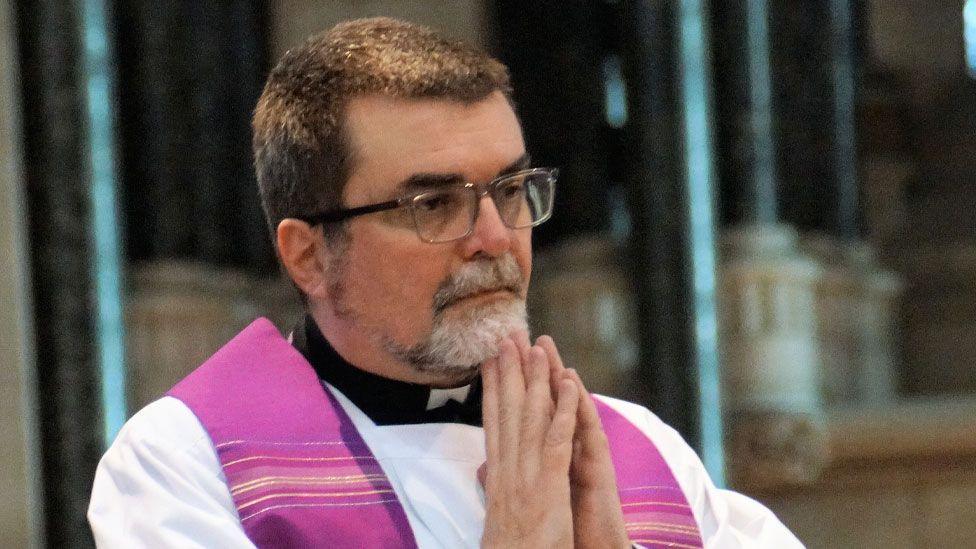
The cathedral is a vital part of the prayer and social life for many of its congregation, says Father Alan Hodgson, as well as offering winter night shelter for the city's rough sleepers
"It's beautiful, it was built with great love and dedication and most of the upkeep is done by volunteers," said Father Alan Hodgson, who has been the cathedral's dean for two years.
St John the Baptist was built by the 15th Duke of Norfolk and designed by architects George Gilbert Scott Jr and his brother John Oldrid Scott, with its foundations laid between1882-1883.
Initially a church, it was designated the cathedral church for the new Diocese of East Anglia in 1976.
Father Hodgson said: "It is really well used, we have two masses most days, a weekday mass attracts about 120 and the two masses on Sunday bring in up to 1,200 people from the local area and also places like Wymondham and Sprowston.
"It's such a vital part of their prayer life and social life - straight after Sunday mass we go to our restaurant and have tea or coffee, enjoy the beauty of our garden, and for some people, we might be the only people they see that day."
The building has long had a problem with leaking rainwater, but with increased rain the downpipes and guttering were no longer coping.
"It's almost a stream in the roof space and it seeps into the masonry and is weakening it," he said.
'Being at risk is sobering - but also an opportunity'

Many factors have contributed to putting "the future of this fantastic building at risk", said Matthew Champion
"The cathedral is struggling to cope with the effects of climate change, with the Victorian gutters and downspouts being simply overwhelmed by the increased levels of rainfall in recent years," explained Matthew Champion, diocesan heritage officer.
But this is just one of a number of challenges faced by the "masterpiece of Victorian gothic architecture".
Mr Champion said other issues were a historical lack of maintenance, some poor-quality previous repairs and some questionable choices of building material.
"All combined to put the future of this fantastic building at risk," he said.
"The most recent quinquennial (five years) inspection identified work of varying urgency that totalled over £8m."
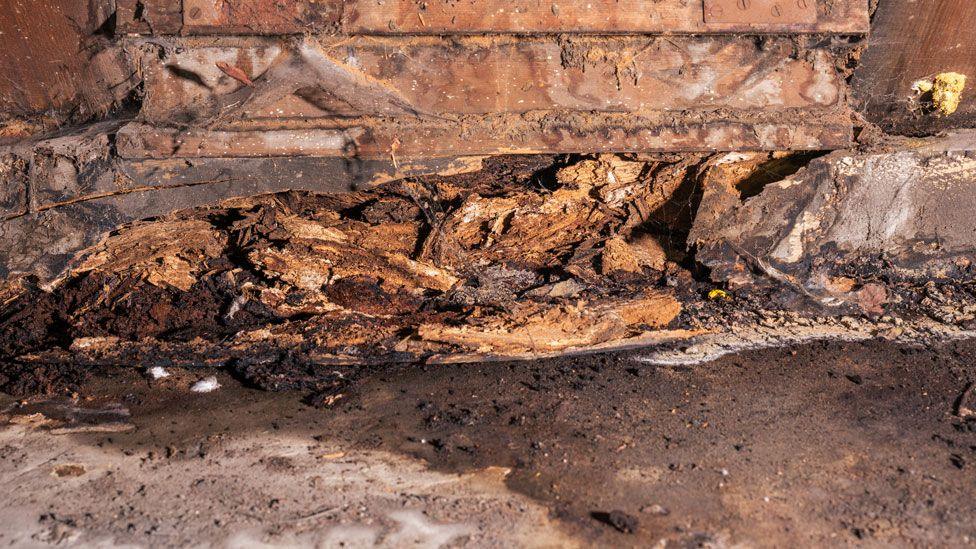
The cathedral's failing gutters and downpipes have put it "at risk" with water causing damage to its structure, as can be seen with this sodden, rotten roof beam
Since then, more than £1m has been spent on the most urgent work to the roof, gutters, electrical circuits, and on refurbishing the loos and drains, with support from grants from Historic England, All Churches Trust and Biffa and donations.
An application has gone in to Historic England for grant funding for the first stage of a wider programme of works to roofs and rainwater goods to address the longer-term issues.
Mr Champion said acknowledging the cathedral "is at risk is always a sobering moment" but "is also an opportunity to focus upon the challenges of making it safe once more".

The cathedral team hope to get grant-funding from Historic England to address these long-term issues
Get in touch
Do you have a story suggestion for Norfolk?
Follow Norfolk news on BBC Sounds, Facebook, external, Instagram, external and X, external.
Related topics
- Published14 November 2024
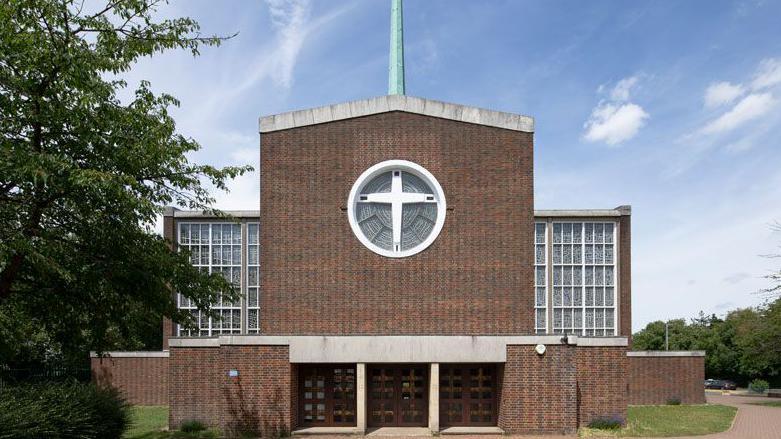
- Published31 March 2024
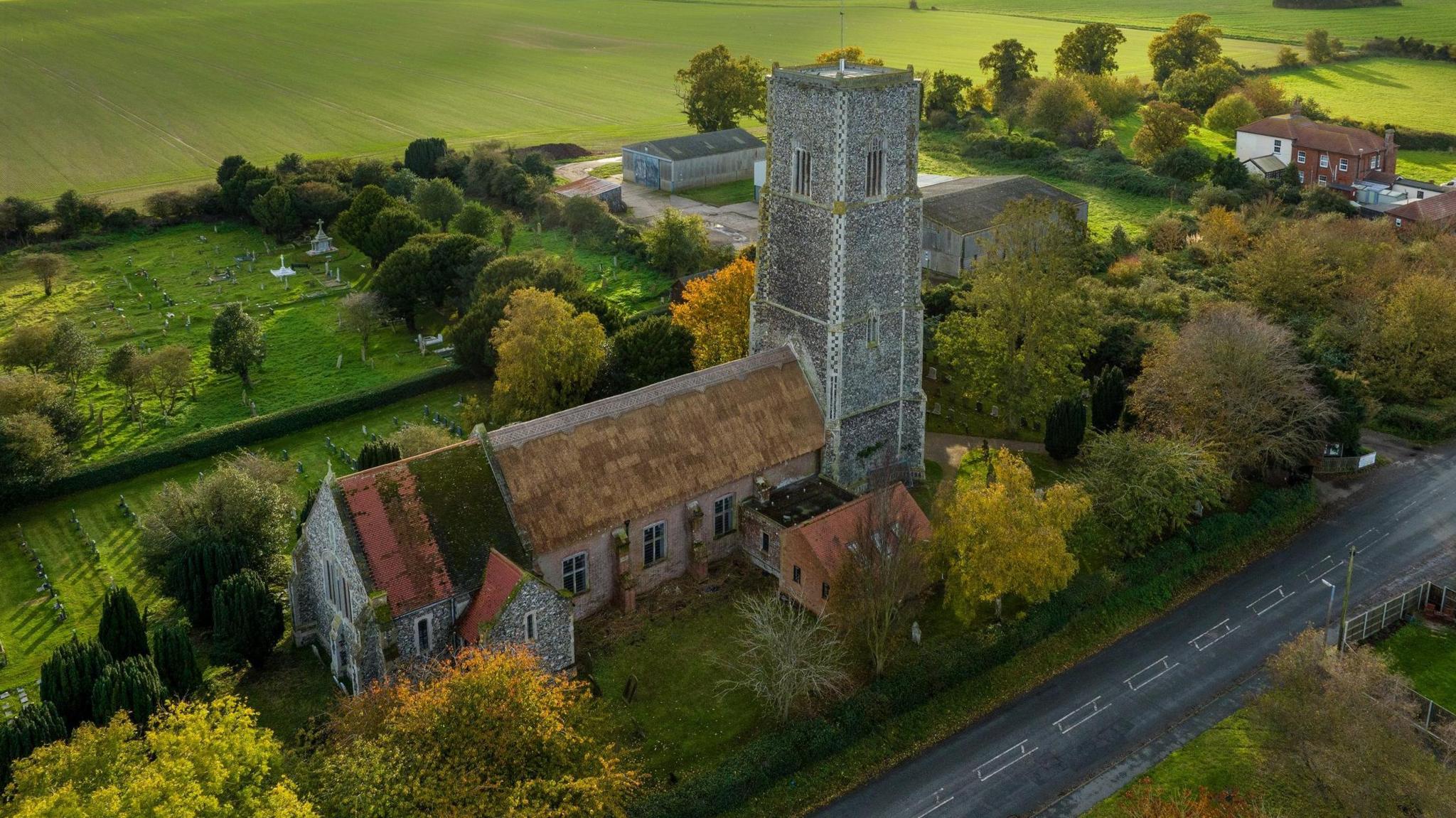
- Published19 January 2023
